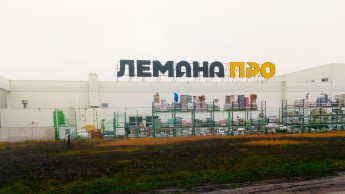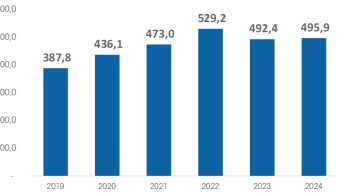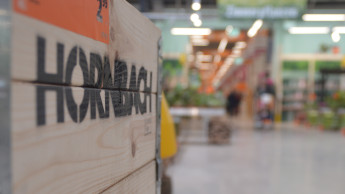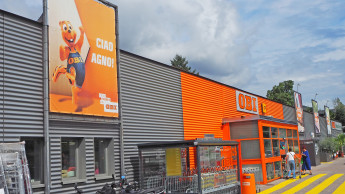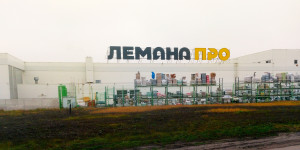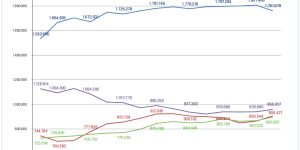Sales of dog and cat food in Germany declined last year by 3.7 per cent compared with 2003 to € 1.9033 bn
With regard to distribution channels, traditional grocery stores with a retail area of less than 800 m² lost out the most on sales in 2004, according to the study (- 12.7 per cent), along with small pet businesses (- 10.3 per cent). And even the hard discounters, who have been spoiled by success, were not spared, with a figure of minus 2.4 per cent. Apart from the soft discount stores with an increase of 0.1 per cent, the only other winners were the large-format pet product stores and DIY and garden stores, recording increases of between 1 and 2 per cent.
A rather different picture emerges when it comes to tonnage. According to IRI, the overall volume of the German pet market in 2004 was 1 468.8 mio t. This equates to a decline of 0.5 per cent compared with 2003. The fact that this value is significantly below that for the drop in sales is due to the fall in price levels. The rural trading businesses were the ones that suffered most here at minus 11.1 per cent. Small pet product stores (- 8.9 per cent to 59.6 mio t) and traditional supermarkets up to a retail area of 799 m² (- 8.2 per cent to 83.4 mio t) also experienced a sharp decline. On the other hand, the soft discounters did well in terms of tonnage (+ 6 per cent to 159.8 mio t), as did the large pet stores (+ 3.8 per cent to 230.7 mio t), drugstores (+ 3.6 per cent to 156.4 mio t) and DIY and garden stores (+ 0.2 per cent to 68.7 mio t).
Download:

 Menü
Menü







